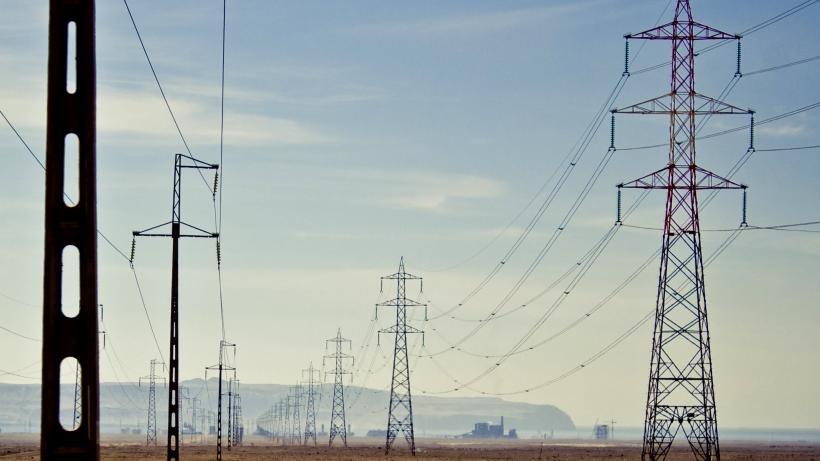
Powering change: Can rural electrification close the gender gap?
In advance of the IGC Energy Conference this week, today's blog comes from our archives. Looking at potential gains from electrification and energy access for #PoweringGrowth and prosperity in developing countries. Evidence from a rural electrification project in Peru suggests that access to energy may be an effective tool in closing the gender gap, affecting both wages and occupational choice among women.
Many developing country governments are beginning to invest significant resources in order to reduce deficits in public infrastructure: electricity, water and sanitation, roads, and telecommunications. These investments can generate economic growth through higher productivity and increased trade. But, is it worth it? Can public investments boost productivity and growth by creating better jobs?
Rapidly expanding electricity coverage
A growing number of studies are analysing the economic impacts of these interventions. In our study, we examine the labour market effects of an electrification programme using household data from rural Peru. During 2007-2010, the central government invested around US$ 657 million in 567 electrification projects, reaching 412 districts throughout the rural areas of the country. As a result, electricity coverage in these areas has almost doubled in less than five years.
Simply comparing labour outcomes between households with and without electricity is likely to be misleading. For instance, any difference in earnings would not only capture the effect of having access to electricity but also other factors that vary across households. To understand how electricity provision affects labour markets, we take advantage of the fact that some districts were provided with electricity first and others later. This sequential implementation allows us to observe individuals with and without electricity and then make reasonable comparisons.
We examine the effects of electrification on a broad set of measures related to working behaviour. For every individual in our sample, we know whether they have a job (or two), how many hours they work, how much money they earn, and other job characteristics (self-employment, paid work or not, and agriculture).
The difference between men and women: How electricity impacts individual productivity
Interestingly, we find heterogeneous effects by gender. Our findings suggest that men who receive electricity start working more hours in their primary occupation and are less likely to have a second job. Although this time reallocation may have non-monetary benefits in the long-run (e.g. better specialisation), their earnings remain unchanged. For women on the other hand, the effects are startlingly different. Female earnings rise by 30 percent in areas that get access to electricity.
Female earnings rise by 30 percent in areas that get access to electricity.
This increase is sizeable. To get a sense of its magnitude, the average female in the study would need an additional 3 years of education to achieve the same increase in earning, without the presence of the electrification programme.
Why do women make more money after getting access to power and electricity? It seems that these gains are related to a change in the type of jobs done by women in the communities that receive access to electricity. Women in newly electrified areas are less likely to work in agriculture. This evidence suggests that access to power allows women to perform more productive activities and earn more. A similar occupational shift does not happen among men, and this may explain why their wages do not increase.
Lessons for policy
access to power allows women to perform more productive activities and earn more
Taken together, these findings imply that the Peruvian electrification programme has been effective at reducing the gender wage gap - the difference in earnings between men and women. Policy makers should take this into account when conducting cost-benefit analysis, because providing infrastructure - electricity, water or roads - can have large impacts on the well-being of the poorest.

